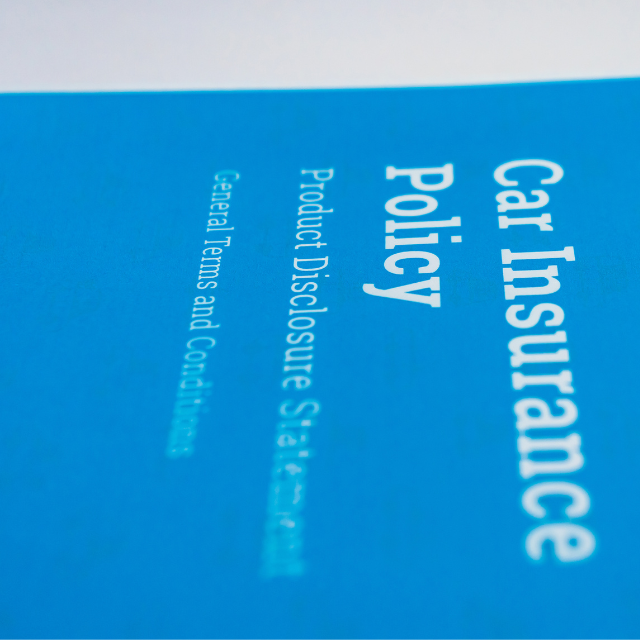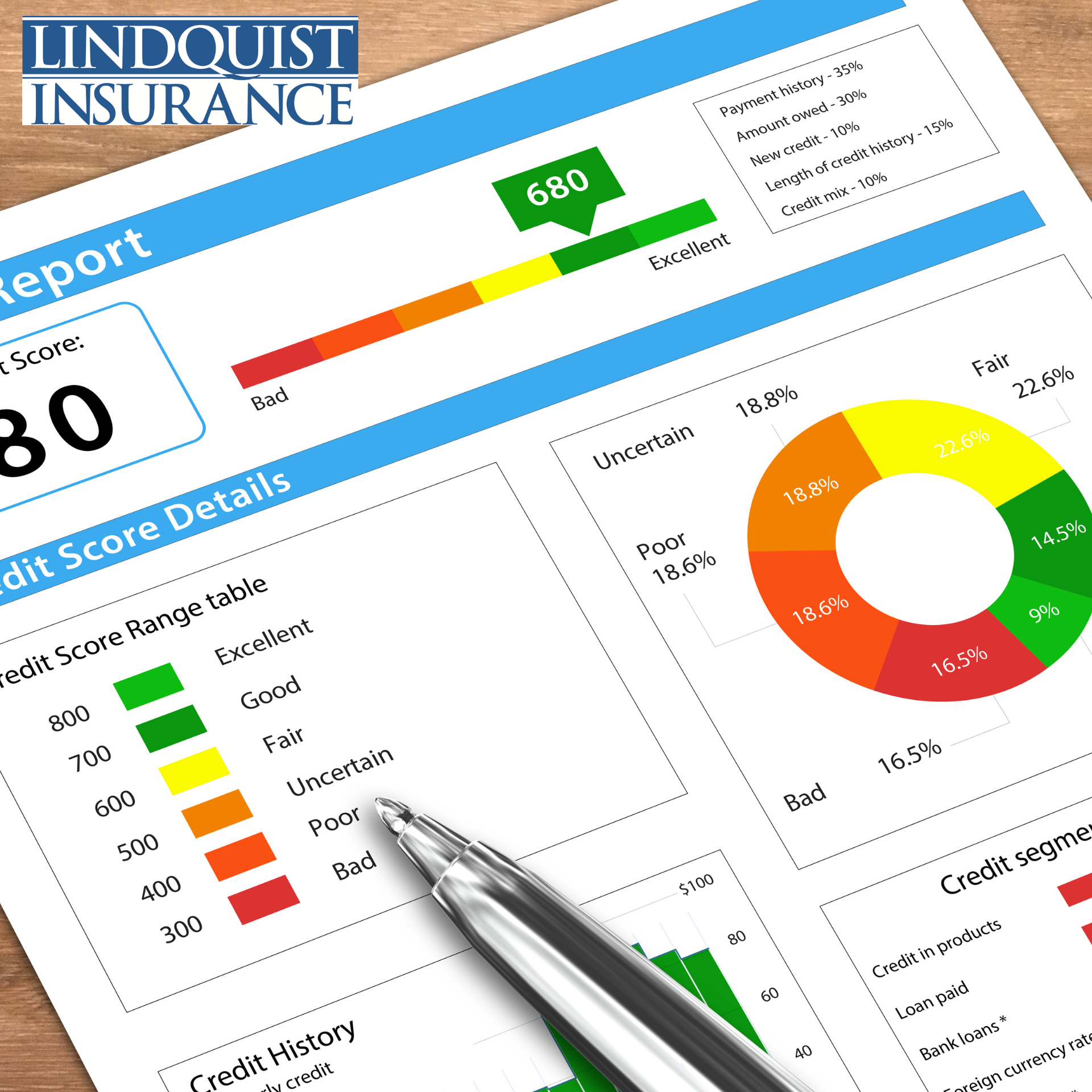Car Insurance for New Drivers: What Parents and Teens Need to Know
Teenage Motorists Need to Know How Car Insurance Works

Getting behind the wheel for the first time is an exciting rite of passage for teenagers. However, teen drivers need to know that with that freedom should have an understanding of how car insurance works.
As we know, car insurance is a contractual agreement between the driver and the insurance company, where the driver pays regular premiums in exchange for coverage in the event of an accident or damage to the vehicle. Understanding the basics is the first step toward responsible driving for new drivers. ***
1. Types of Coverage: The most common car insurance coverages are liability, collision, and comprehensive:
- Liability Insurance: Pays for damage and injuries caused to others in an accident. It's usually required by law.
- Collision Insurance: Covers damage to a vehicle resulting from a collision with another vehicle or object.
- Comprehensive Insurance: Coverage extends to damage from non-collision incidents, such as theft, vandalism, or natural disasters.
2. Premiums: Premiums are payments made to the insurance company. Factors influence the cost of premiums, including age, gender, driving history, the type of car, and location. New drivers, especially teenagers, typically have higher premiums due to their limited experience.
3. Deductibles: This is the amount you pay out of pocket before the insurance company covers the rest of the costs of a claim. A higher deductible can lower the premium but increase upfront expenses following an accident.
Parents play a crucial role in helping their teen drivers understand car insurance. Here's how they can help:
1. Education: Start by educating teens on the importance of responsible driving and the consequences of accidents. Emphasize the need to avoid distractions, obey traffic laws, and practice safe driving habits.
2. Add Teens to the Car Insurance Policy: Instead of getting a separate policy for the teen, add them to the existing car insurance policy. This results in lower premiums compared to a standalone policy for a teenager.
3. Encourage Good Grades: Many insurance companies offer discounts for students with good grades. Encourage teens to excel academically as it can lead to lower premiums.
4. Choose the Right Car: When selecting a car, consider factors like safety features, size, and engine power. Some cars are more expensive to insure than others, so research the insurance costs for potential vehicles.
Teen drivers can take steps to reduce their insurance costs and become responsible policyholders:
1. Defensive Driving Courses: Completing a defensive driving course can make them safer drivers and qualify them for insurance discounts.
2. Safe Driving Record: Avoiding accidents and traffic violations is crucial. A clean driving record can lead to lower premiums over time.
3. Drive Less: Some insurance companies offer discounts to policyholders who drive fewer miles. Consider carpooling, public transportation, or other alternatives if they need to drive long distances regularly.
4. Maintain Good Grades: Good grades may earn discounts with many insurance providers.
Car insurance is a significant financial responsibility for new drivers, and understanding its intricacies is essential for both teens and parents. Families can navigate the world of car insurance with confidence, ensuring safety on the road and financial protection should an accident occur.
Lindquist Insurance can give you an
auto insurance quote and provide the coverage you need, whether you drive a lot or not. Call (301) 694-0008 to speak to our experienced and licensed insurance agents for a consultation.
We serve the Annapolis, MD, and Frederick, MD areas.
*** For more information on teen drivers and car insurance, visit the DMV website.










Share On: